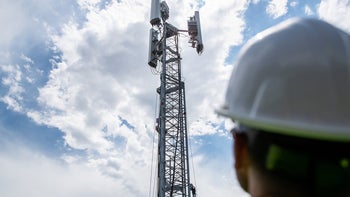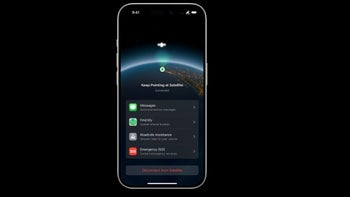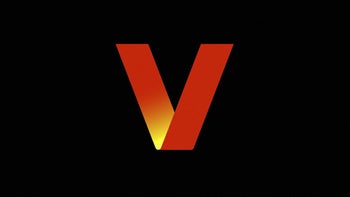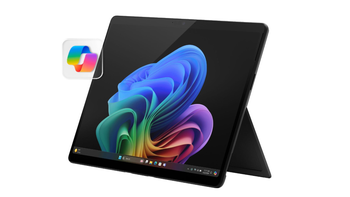Global telephone companies unite their support for flying cell phone antennas

These days, telephone companies and network providers are working harder and harder to bring fast internet to every corner of the world. Last year, two companies, Google-owner Alphabet and Japanese conglomerate SoftBank, formed an alliance over an interesting new technology, created in order to provide network coverage in desolate areas or regions with hardly reachable topography.
The technology relies on airborne cell phone antennas to emit signals. In the case of Alphabet, it’s called the project Loon, in which network equipment is carried in solar-powered balloons to deliver high-speed internet to unreachable zones. SoftBank’s project, HAPSMobile, is similar, however the network equipment is to be carried in drones, again powered by sunlight.
Now, in order to receive regulatory approval, aerospace corporation Airbus, as well as telephone companies, such as Nokia, Ericsson, Deutsche Telekom, Telefonica, Bharti Airtel and China Telecom, are lobbying for the idea. The alliance stated that they will work towards uniform regulation and standards for the flying systems.
Meanwhile, HAPSMobile is in the process of testing its drones in low altitude flights in the stratosphere (at around 12 miles above the Earth’s surface). Unfortunately, the HAWK30 drone is limited to latitudes of plus or minus 30 degrees from the equator for the time being and cannot cover northern countries such as the US or Japan, but in the future its area of expertise is expected to widen.
Now, in order to receive regulatory approval, aerospace corporation Airbus, as well as telephone companies, such as Nokia, Ericsson, Deutsche Telekom, Telefonica, Bharti Airtel and China Telecom, are lobbying for the idea. The alliance stated that they will work towards uniform regulation and standards for the flying systems.
Loon has already formed deals with wireless network providers in Kenya and Peru. The technology will not only provide access to high-speed internet in desolate areas, it can also provide connection service in cases of natural disasters.
Meanwhile, HAPSMobile is in the process of testing its drones in low altitude flights in the stratosphere (at around 12 miles above the Earth’s surface). Unfortunately, the HAWK30 drone is limited to latitudes of plus or minus 30 degrees from the equator for the time being and cannot cover northern countries such as the US or Japan, but in the future its area of expertise is expected to widen.










Things that are NOT allowed: